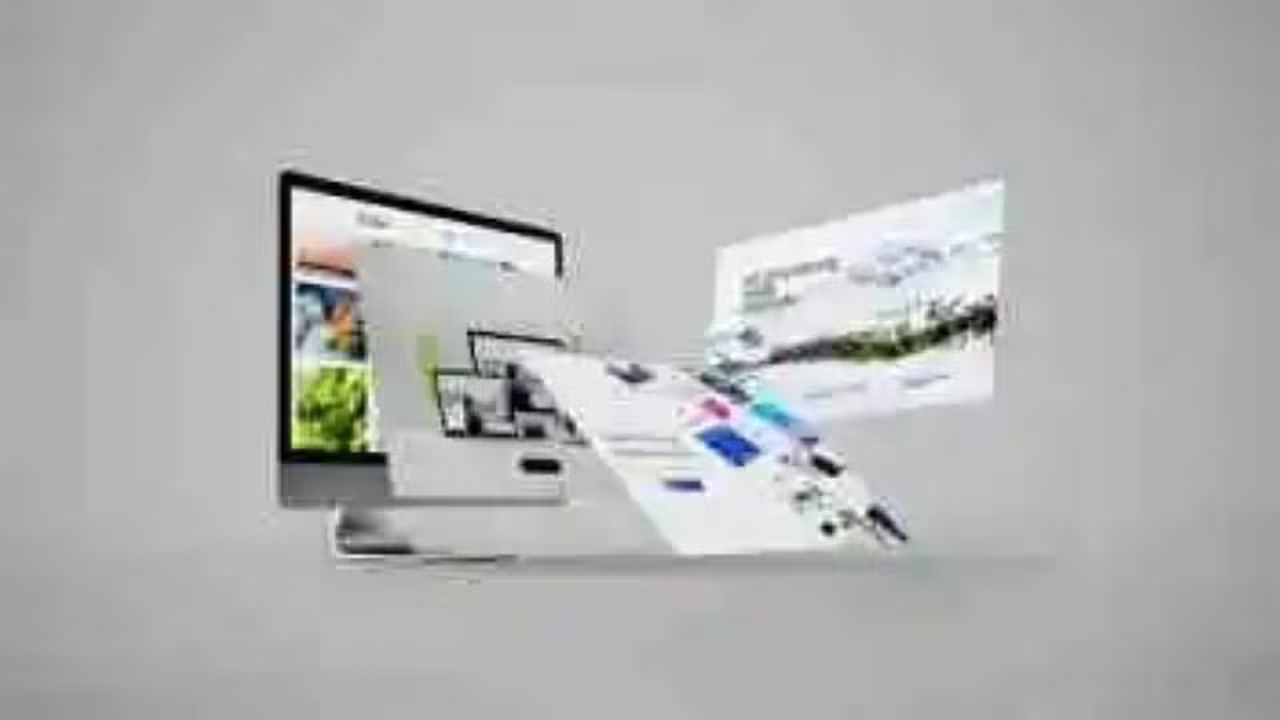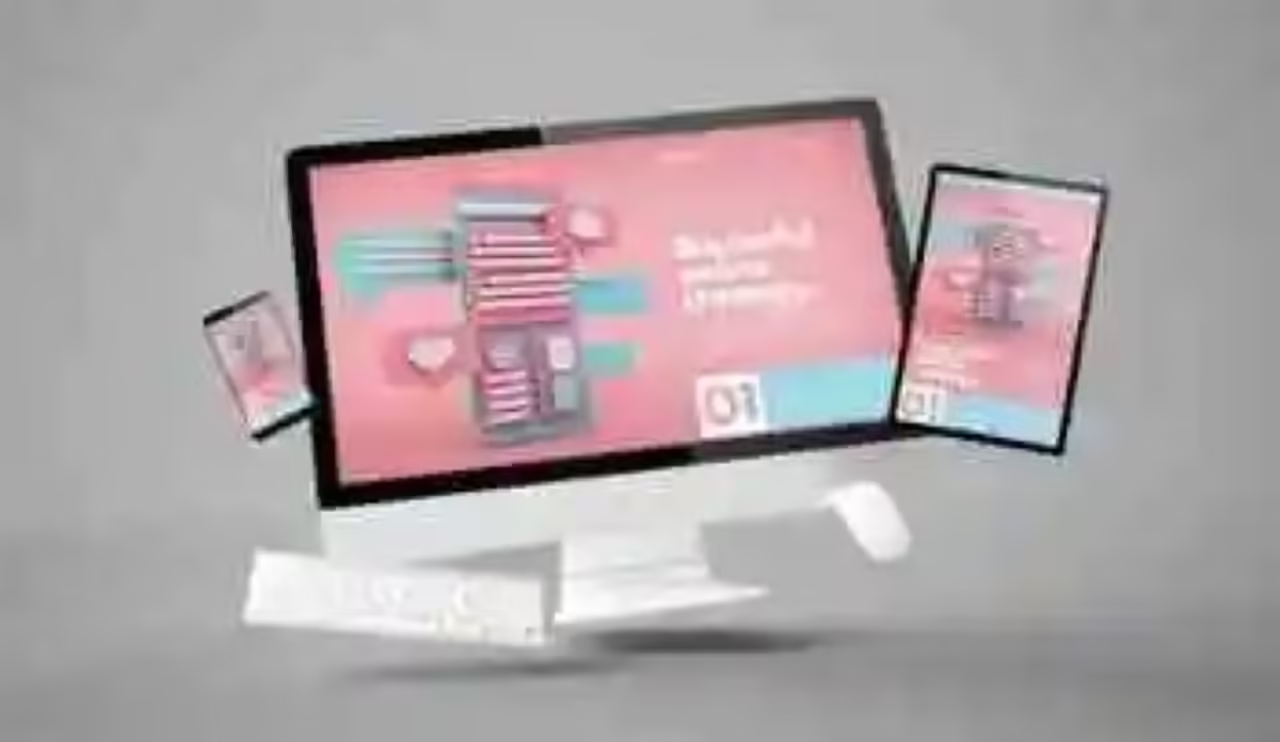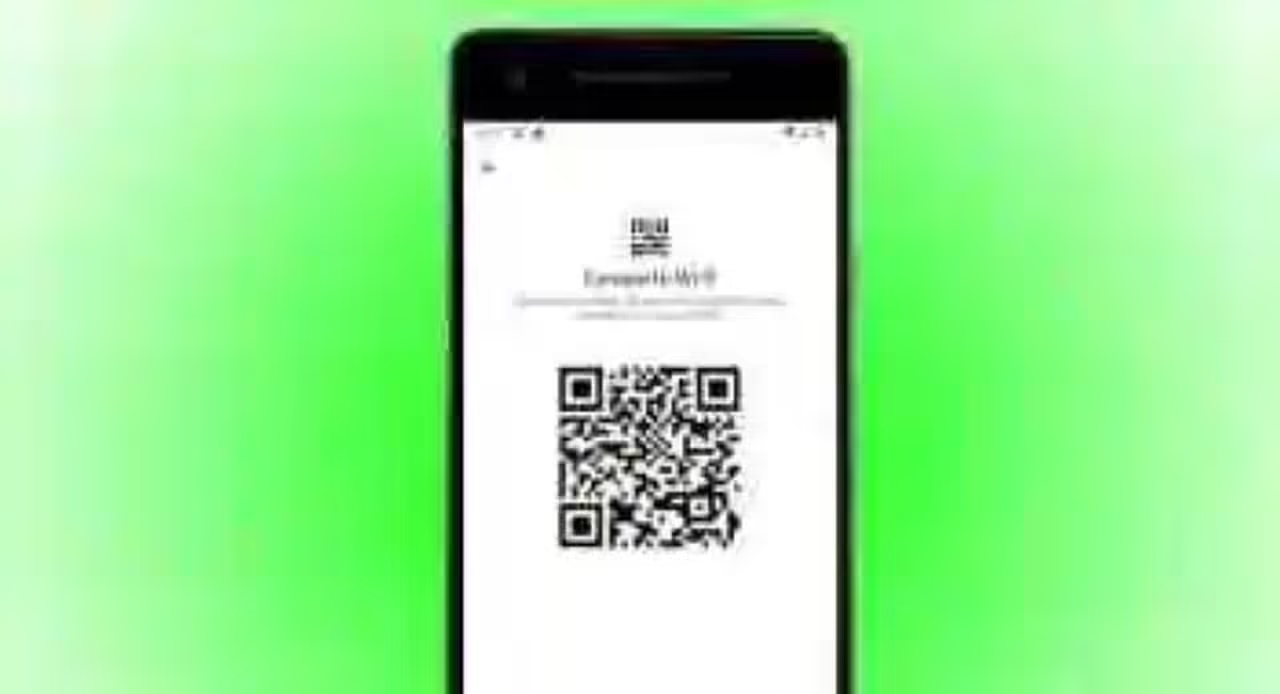
If you were in front of your computer 30 years ago, the web pages you would be looking at back then were static. To put it more clearly, the web before 1999 was basically a “read-only” version of the internet, which would become known as Web 1.0 further down the line.
Apart from reading the information presented on a website, you couldn’t do much anything else. There was little to no user interaction whatsoever, so the web wasn’t exactly ready for the tasks that it can handle now. So what has changed since the Web 1.0 days, how has Web 2.0 evolved, and where might we go from here? Let’s find out.
From 1.0 to 2.0
During the web 1.0 days, the only practical form of interaction with websites was the shopping cart. It was during this period that the dot-com boom would become known as the dot-com bubble thanks to the overwhelming appearance of websites, investors, and several other factors.
Fast forward a little down the line and you would start seeing the rise of websites like LiveJournal, Blogger, and several other websites where user input was maximized for those times’ technological capabilities. Those were the first waves of websites that pioneered the way for how we know the internet today.
While, according to most expert, we’re still in the Web 2.0 phase, we’re already in one of its most advanced states. Some people might even claim that we’re way past the 2.0 phase and are already in the 3.0 stage. To a certain extent this is true, as we are starting to see AI prototypes that allow us to interact with website bots like never before.
Furthermore, we can even directly partake in real-life events from a distance, thanks to immersive technologies like live-streaming, AR, and VR headsets. Even things like a live casino experience for example, have evolved to now have video feeds, direct player input, and social factors like never before. So, where will we go from here?

How the Web Might Evolve and How All of This Impacts You
By some people’s standards, we have already reached Web 3.0 and 4.0 respectively, namely the semantic executing web and the mobile web as well. If we were to measure by such standards, then yes, we can say that we’ve already surpassed most experts’ definitions.
Today, users like you can enjoy great websites and apps with nearly the same level of convenience and practicality on mobile, desktop, tablet, and numerous other gadgets as well. Even our TVs and fridges have become “smart”, which surely make your life more convenient. However, at the same time, you should be careful as to not become overly dependent on such technologies. It’s easy to fall in this trap.
Closing Thoughts
For what it’s worth, the Internet of Things has made our lives so much more convenient. However, we should be more aware of the fact that we can become too incapable of doing basic things on our own if we rely too much on technology. What do you think? Share your thoughts with us in the comment section.







